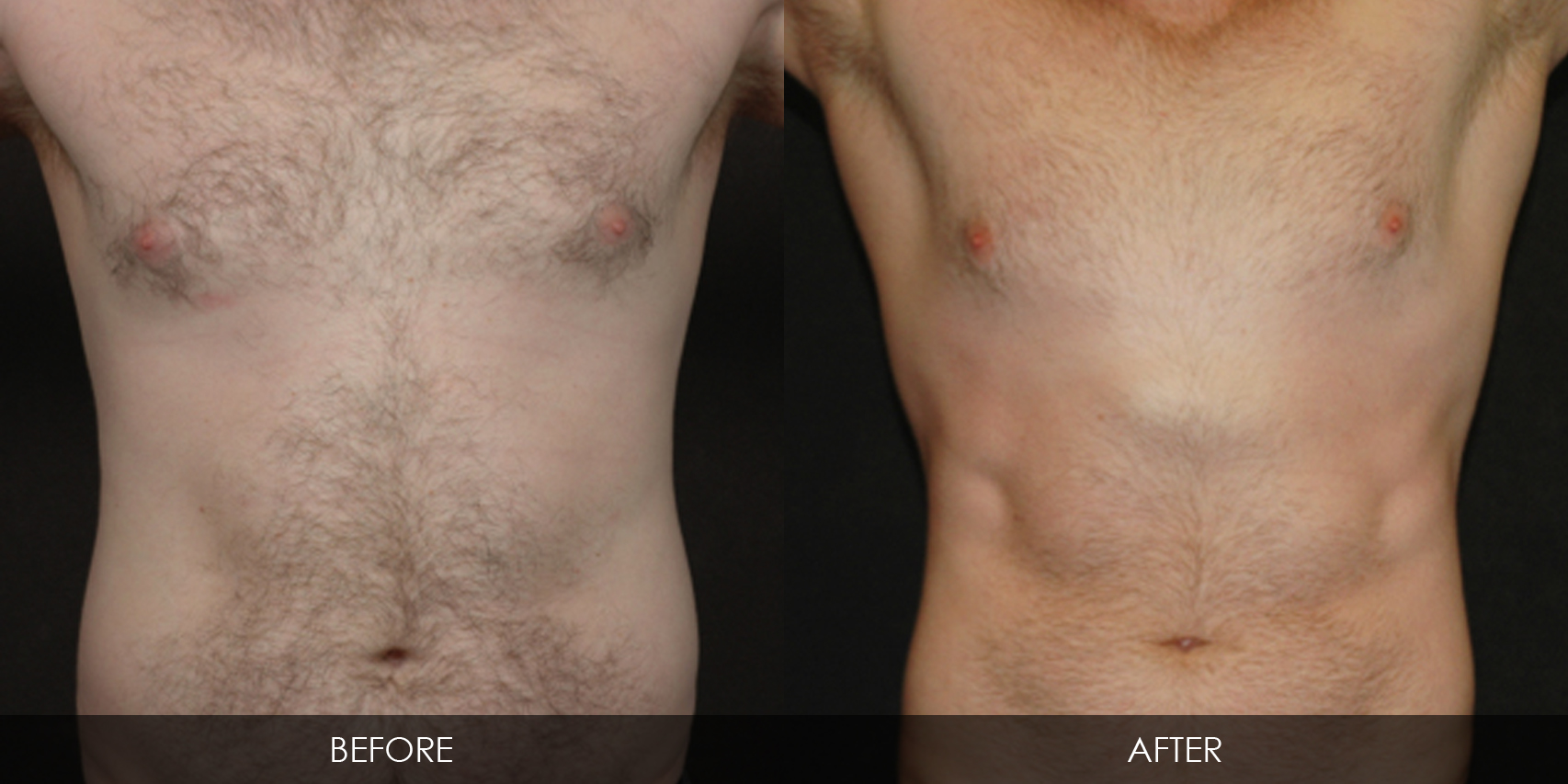So How Does Laser Lipolysis Work
Laser lipolysis is a minimally invasive procedure that uses heat from fiber-optic lasers at various wavelengths to melt body fat. This is a different process than liposuction, which involves removing fat from the body using vacuum suction. The added benefit of laser lipolysis is that it spurs the production of the protein collagen, making skin more taut.
Some models have been shown to greatly enhance the body’s ability to heal itself while reducing pain. It is safe and painless and results are often rapid with no side effects.

Call our Experts to Learn More and Factory Direct Pricing
Wavelength
Most modern laser / LED machines emit wavelength in the 600 nm (nanometer) range. as that range is believed to be the most effective by most of the practitioners.
Note that shorter wavelengths translate to greater energy.
Over time lipo laser machines have evolved to emit as short a wavelength as possible without compromising safety standards. 1st generation machines run at around 670 nm, 2nd generation at 650 nm, and 3rd generation at 635 nm.
While shorter wavelengths contain more energy and more powerful, long wavelength lipo laser treatments can be utilized as well. Some practitioners believe that longer wavelength lasers can penetrate deeper into the skin, and result in a detoxification and lymph drainage effect.
The i-Lipo is a second generation system which emits wavelengths of 650-660 nm. The Lipo-Light Pro, Contour Light, and LipoMelt are third generation systems which emit wavelengths of 635 nm. The LipoMelt has the added option of a long wavelength treatment at 880 nm for deeper energy penetration.
Wave length is measured in nano-meters (nm)
- 1st Generation Machines 670 nm
- 2nd Generation Machines 650 nm
- 3rd Generation Machines 635 nm
Diodes
The diodes are the parts of the lipo laser systems that are responsible for emitting the energy that penetrates the skin. When selecting a system, one should evaluate the number of diodes as pads should ideally have sufficient diodes which are evenly packed to allow for even distribution of energy emission.
Each diode transmits energy measured in milliwatts. Lipo Melt’s newest system transmits 100 milliwatts per diode making them the leader in the pack. The others fall far below between 40-50 milliwatt per diode.
Generally, diodes last for 3,000 to 5,000 hours of use. Higher quality diodes may last longer, though come at a greater cost.
The Contour Light system offers the most diodes at 1600, @ 40 milliwatts per diode, while the LipoMelt offers 1550 diodes @ 100 milliwatts per diode offering the most energy emission then all the others. The Lipo-Light Pro offers 480 diodes @ 50 milliwatts per diode, and the i-Lipo offers 144 diodes @ 40 milliwatts per diode.
Paddles
Lipo laser systems come with various paddles, each equipped with diodes. Generally speaking, a lipo laser system can be evaluated based on the number of existing paddles and the additional optional paddles. Also, buyers should consider the number of diodes per paddle and the penetration depth of the diodes at the lowest wavelength and highest wavelength.
More paddles means more flexibility in how areas of the body are targeted, and how many areas can be treated at once. However, some practitioners find it easier to manage fewer paddles, and some manufacturers offer large paddles which are used fewer at a time so that more area can be covered faster.
Call our Experts to Learn More and Factory Direct Pricing
BEFORE YOU GO
To check which machine would work for you or not, I suggest that as a first step, you take the questionnaire on our site, and let us help pick which brand/model would work well for your requirements.
Click to Take the Questionnaire